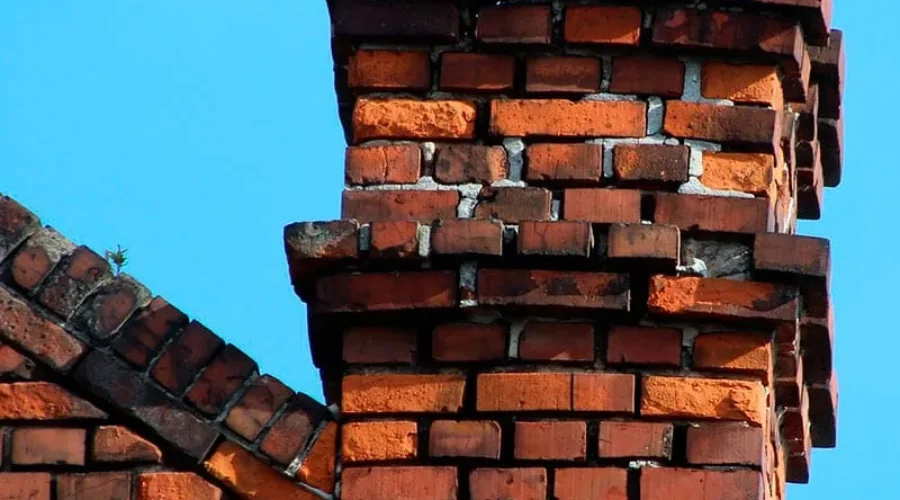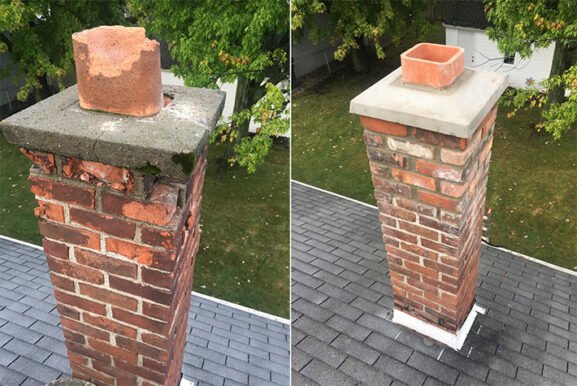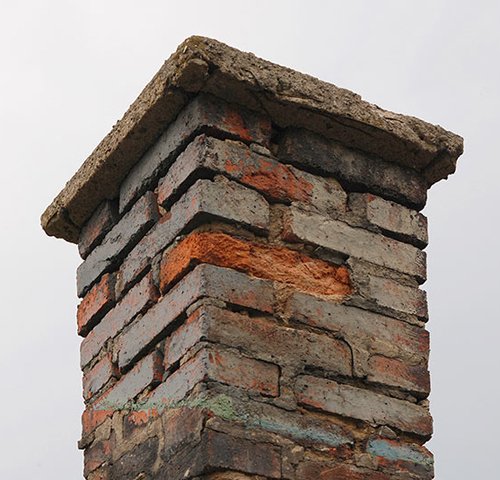How to Get a Realistic Chimney Repair Estimate Without Overpaying
Key Takeaways
- Understanding the scope of chimney damage is crucial before requesting a cost estimate
- Several factors affect chimney repair pricing including location, materials, and labor
- Hiring certified professionals ensures an accurate, fair, and reliable quote
- Preventive maintenance can reduce the need for major costly repairs later
Why a Chimney Repair Estimate Matters More Than You Think
Many homeowners don’t realize the importance of getting a proper chimney repair estimate until a minor issue turns into a major financial burden. Whether you’re dealing with cracked masonry, a damaged flue, or a leaning stack, having a clear idea of the repair cost can help you plan and avoid unnecessary expenses.
An estimate is more than just a number. It’s a snapshot of the current condition of your chimney and what’s needed to bring it back to safe operation. When done correctly, it helps you compare service providers, understand your repair priorities, and set a realistic budget.
What Influences the Cost of Chimney Repairs
No two chimneys are exactly alike, which is why estimates can vary widely. Here are some of the most common factors that influence pricing:
Type of Repair Needed
Masonry cracks, spalling bricks, chimney crown damage, or flue liner replacement—each comes with different materials, timelines, and labor costs. A quick tuckpointing job will cost much less than a full chimney rebuild.
Height and Accessibility
Tall chimneys or those in hard-to-reach areas require special equipment or scaffolding, adding to the overall cost. Chimneys on steep roofs, or those surrounded by landscaping obstacles, typically increase the labor time involved.
Severity of the Damage
Small cracks or isolated leaks may require minor patchwork, while extensive deterioration could mean a full chimney rebuild. Structural damage adds complexity and cost to any project.
Location and Regional Pricing
Repair costs can also fluctuate depending on your geographic location. In regions like New York or New Jersey, where seasonal weather affects brickwork and flashing, you might face higher labor charges due to demand and local market rates. For example, according to Angi, chimney repair in major metropolitan areas often costs more due to labor and permit requirements.
The Role of Inspection in Getting an Accurate Estimate
A trustworthy chimney repair estimate always starts with a proper inspection. Certified chimney professionals typically perform either a visual check or a video scan of the flue, depending on the nature of the issue.
During this assessment, they look for signs like water damage, missing mortar joints, cracked crowns, or creosote buildup. This data forms the basis of the estimate and determines what materials and services are needed.
Without this step, you risk getting a vague or misleading quote that doesn’t reflect the actual repairs needed. Never accept a “ballpark” figure over the phone unless an in-person inspection is impossible.
What a Good Chimney Estimate Should Include
An estimate should be more than a single-line cost. A detailed quote typically breaks down the following:
- Labor charges: Time and number of crew members involved
- Materials: Type and quantity of bricks, sealants, liners, or caps
- Permit fees: If applicable in your city or township
- Timeline: Duration and start date of the project
- Warranties: Any guarantee provided for workmanship or materials
Avoid vague estimates that lump all costs into one figure without explanation. Transparency helps you make informed decisions and compare different providers fairly.
Common Pitfalls to Avoid When Getting a Chimney Repair Quote
Relying Only on the Cheapest Option
It’s tempting to choose the lowest quote, especially when budgets are tight. But be cautious—unlicensed or inexperienced contractors often cut corners. Always verify credentials and ask for references before committing.
Ignoring Material Quality
Some quotes might use cheaper, less durable materials that fail quickly under weather exposure. Ensure your contractor specifies what materials they’ll use and how they affect longevity.
Overlooking Hidden Costs
Sometimes, what appears to be a straightforward job reveals hidden damage once the work begins. Chimney liners might be blocked, flashing could be rusted through, or the crown may need rebuilding. Always ask if the estimate includes contingencies for possible complications.
Choosing the Right Professional for an Accurate Estimate
Not every repair technician is qualified to assess and repair chimney systems. Look for certified chimney professionals, such as those recognized by the Chimney Safety Institute of America (CSIA).
Certification ensures they understand code compliance, ventilation safety, and modern chimney repair techniques. You can verify their credentials and check for complaints or license issues before hiring.
Also, local experience matters. Professionals who understand your area’s weather conditions, building codes, and architectural styles are more likely to deliver accurate, location-specific estimates.
When to Request an Estimate and Why Timing Matters
Chimney problems often worsen during extreme weather. Freeze-thaw cycles in winter, for instance, can expand small cracks into major structural faults. For that reason, the best time to request an estimate is during the spring or summer.
These months are ideal because repair crews are less overwhelmed, prices tend to stabilize, and the weather allows for uninterrupted masonry work. Scheduling your estimate early means you’ll avoid peak-season delays and premium labor charges.
Long-Term Value of Accurate Chimney Assessments
Getting a solid chimney repair estimate today can save you thousands down the road. A good estimate not only helps you fix what’s broken but also prevents further damage through proactive care.
It sets the tone for how well your chimney will perform in the years ahead—keeping your home safe, your heating efficient, and your maintenance costs manageable. Whether you’re dealing with minor deterioration or planning a major renovation, investing time in getting a reliable estimate pays off in the long run.
Staying Ahead with Preventive Action
Many chimney issues begin small—water seepage, hairline cracks, or loose flashing—and escalate only when ignored. By getting your chimney inspected and requesting detailed estimates early, you protect both your home and your budget.
Instead of waiting for visible damage, take preventive steps. A simple estimate now could be the difference between a minor fix and a costly rebuild later.


